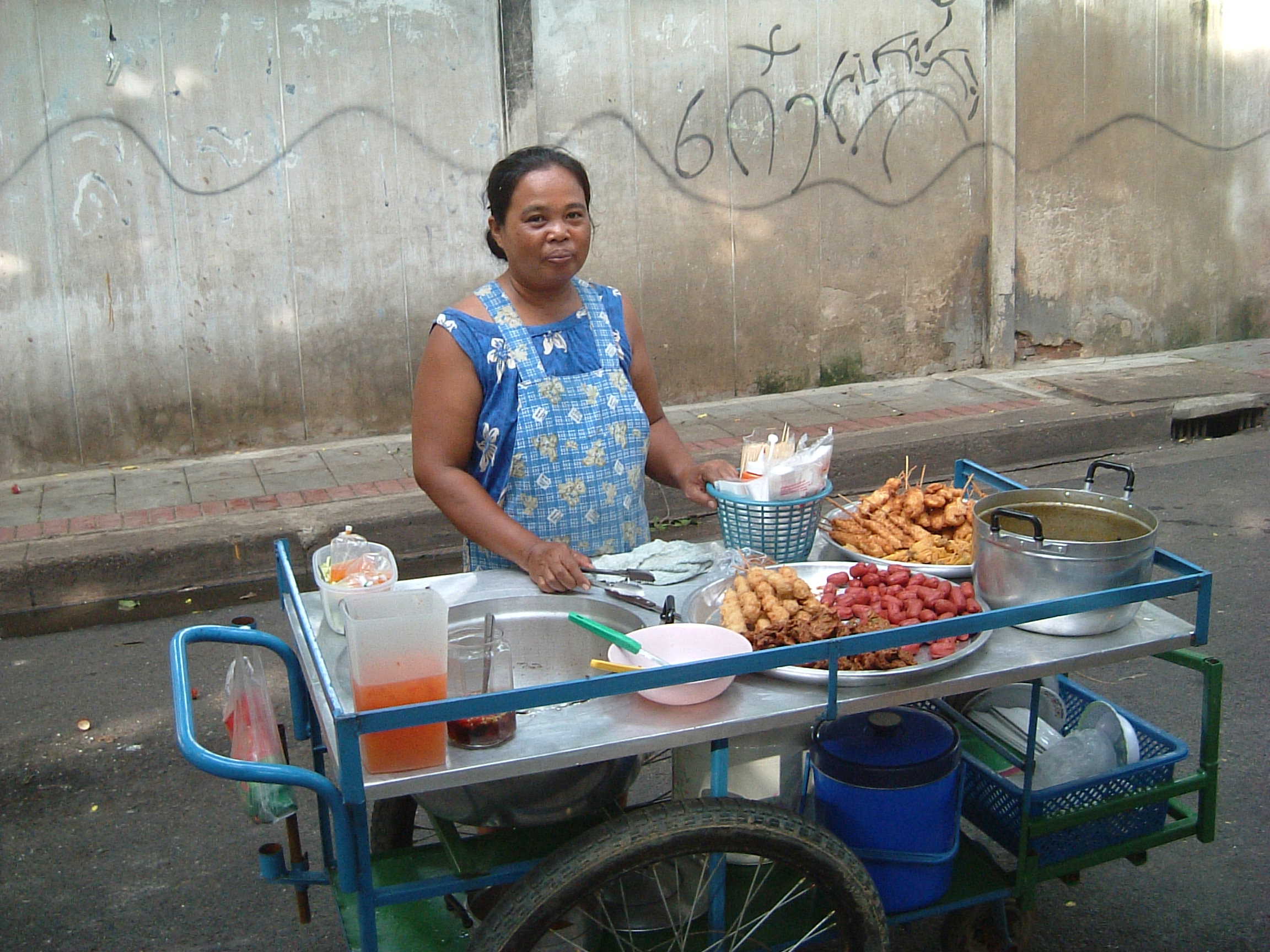- Project Leader:Endo Tamaki (Saitama University, Faculty of Economics)
- Collaborators:Okamoto Masaaki (Kyoto University, Center for Southeast Asian Studies)
- Oizumi Keiichiro (The Japan Research Institute, Department of Economics)
- Goto Kenta (Kansai University, Faculty of Economics)
- Aizawa Nobuhiro (Kyusyu University, Graduate School of Social and Cultural Studies)
- Kusaka Wataru (Nagoya University, Graduate School of International Development)
- Kawano Motoko (National Graduate Institute for Policy Studies, Graduate School of Policy Studies)
Outline of Research
This series of workshops seeks a new framework to analyze, both theoretically and empirically, recent urban dynamism and stratification within Southeast Asia’s global cities. Cities such as Bangkok, Jakarta, Kuala Lumpur, and Manila, where compressed changes are typically observed, reveal multilayered internal structures. We aim to create an academic arena for young academics from various disciplinary backgrounds, such as area studies, economics, and political science, and use this opportunity to plan future joint projects on Southeast Asian mega cities.
Description
Urbanization in Southeast Asia has been rapidly growing in tandem with that in other areas around the world. Large cities in Southeast Asia have become global hubs of finance, production, and consumption; the urban network connecting them has been expanding. These cities are experiencing ‘compressed changes’ in economy and society, followed by multilayered stratification. They have proved to be different from the kind of cities described in the “Asian Mega City” book series (Osaka City University Project) based on research in the 1990s.
This workshop will survey the latest urban theories and conduct empirical analysis, adopting a multi-disciplinary framework. In 2015, we organized three seminars to discuss the theoretical framework and review urban studies literature. In 2016, we will continue literature survey of various disciplines but also use secondary data to analyze urban dynamics, development patterns, and stratification.
The features and structures of urban economics and society—in other words, economic functions, employment opportunities, and the social situations created therein—are determined not only by domestic but also by international factors. Our theoretical and empirical study will present a new analytical understanding of what is actually happening on the ground in Southeast Asia, using the city as an analytical unit rather than the nation state. After we finish this workshop series, we plan to a) apply for external funding to pursue a larger urban research project and b) publish our findings in both English and Japanese.
 Street vendor (Bangkok, 2005) |
 Foggy Shanghai Night View (2011) |
